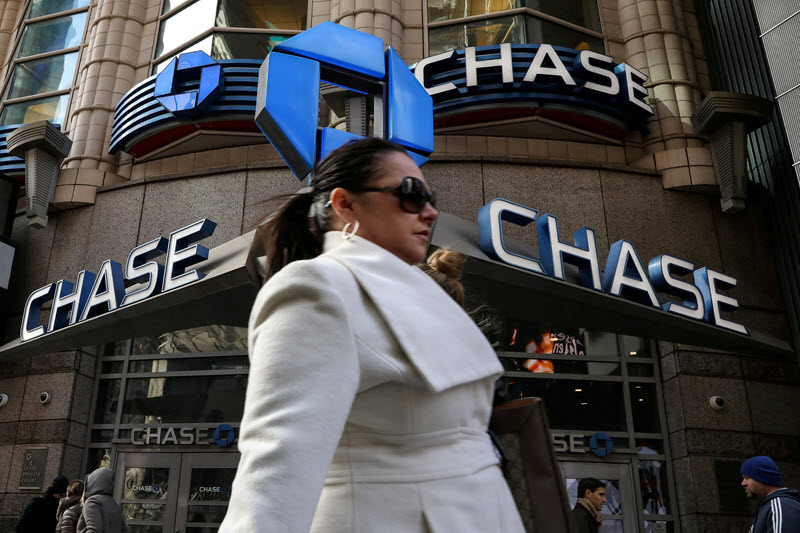This post was originally published on this site
https://i-invdn-com.investing.com/trkd-images/LYNXMPEI0G0GO_L.jpg
The premium investors demanded to hold Ukraine bonds over safe-haven U.S. Treasuries as measured by the JPMorgan (NYSE:JPM) EMBI Global Diversified index blew out to 1,001 basis points. Less than a dozen countries in the 70-plus strong index have spreads wider than 1,000 bps indicating payment stress or an actual default, with the likes of Venezuela, Zambia, Lebanon as well as Sri Lanka and Ghana in that category.
“The market has to price in some kind of probability of Russia invading,” said Viktor Szabo at asset manager abrdn.
The United States last week said it feared Russia was preparing a pretext to invade Ukraine if diplomacy fails to meet its objectives, after a massive cyberattack splashed Ukrainian government websites with a warning to “be afraid and expect the worst”. Talks between Moscow and Western states on Russia’s deployment of tens of thousands of troops along Ukraine’s border ended with no breakthrough last week.
Russia denies plans to attack Ukraine and has demanded NATO stop its eastward expansion.
Ukraine’s spreads have risen some 240 bps year-to-date and are now at levels last seen at the height of the March 2020 COVID-19 market rout. They are also comparable to levels seen during spring 2014, when Russia invaded and then annexed Crimea, though spreads blew out to above 4,000 bps in the early 2015 when Kyiv tipped into default.
Ukraine’s shorter-dated dollar bonds slipped more than 3 cents in the dollar on the day, many trading in the mid-80 cents in the dollar, Tradeweb data showed. Many issues saw bid-ask spreads widen to well over one cent, indicating scarce liquidity.
“Ukraine has probably lost market access, and this could complicate financing plans this year, if sustained,” said Stuart Culverhouse at Tellimer.
Russian longer-dated dollar bonds also felt the pain. Refinitiv data showed the 2043 bond tumbling more than 5 cents to 109.98 cents with once again many bonds trading at their lowest since the pandemic rout. Spreads over U.S. Treasuries widened to 238 bps on the day, up 71 bps this year.
Five-year credit default swaps (CDS) for both countries widened again, with Ukraine CDS up 26 basis points from Friday close to hit 868 bps, data from IHS Markit showed. Russia’s rose by 8 bps to 185 bps.

